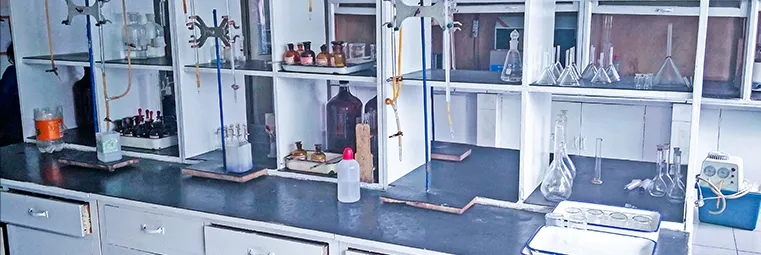Chemicals Used in Municipal Water Treatment
Municipal water treatment is a critical process that ensures safe and clean drinking water supply for communities. As urban areas grow and demand for clean water increases, understanding the chemicals involved in water treatment becomes essential. Various processes are employed, utilizing a variety of chemicals to remove contaminants, improve water quality, and make it safe for consumption.
Coagulants
One of the primary chemicals used in municipal water treatment is coagulants. Coagulation is the first step in treating water, where chemicals are added to help aggregate small particles and impurities into larger clusters that can be easily removed. The most commonly used coagulant is aluminum sulfate (alum), although ferric sulfate and polyaluminum chloride are also effective options. These coagulants destabilize the colloidal particles in the water, allowing them to clump together and precipitate out. This process is crucial for removing turbidity and improving water clarity.
Flocculants
After coagulation, flocculants are employed to form larger flocs from the aggregates created during the coagulation phase. These flocculants, often synthetic polymers, help in binding the particles more effectively, thereby making them easier to remove during subsequent filtration processes. Common flocculants include polyacrylamide and cationic starch, which enhance the sedimentation process and improve the overall efficiency of the water treatment system.
Disinfectants
Disinfection is a key component of municipal water treatment aimed at eliminating pathogenic microorganisms and ensuring the water is safe for human consumption. Chlorine is the most widely used disinfectant due to its effectiveness and cost-efficiency. It can be applied in various forms, including chlorine gas, sodium hypochlorite, and calcium hypochlorite. However, chlorine’s reaction with organic materials in water can produce potentially harmful byproducts called trihalomethanes (THMs). As such, alternative disinfection methods like ultraviolet (UV) radiation and ozone treatment are gaining traction, as they do not produce these byproducts and are effective in inactivating bacteria, viruses, and protozoa.
pH Adjusters
what chemicals are used in municipal water treatment

The pH level of water is critical, as it affects the solubility of minerals and the effectiveness of disinfectants. To maintain an optimal pH range, municipal water treatment facilities often use pH adjusters such as lime (calcium hydroxide) or sodium hydroxide. These chemicals help prevent corrosion in pipes and ensure that the disinfection process is efficient.
Corrosion Inhibitors
Corrosion can be a significant issue in municipal water systems, leading to the leaching of metals from pipes into the drinking water. To combat this, corrosion inhibitors are added to the water. Commonly used inhibitors include phosphates and silicates, which form protective layers on the interior surfaces of pipes and plumbing fixtures, reducing the risk of contamination and extending the lifespan of the infrastructure.
Fluoridation
Many municipalities also choose to add fluoride to drinking water as a public health measure to prevent tooth decay. Sodium fluoride and fluorosilicic acid are the typical compounds used for this purpose. The addition of fluoride has been widely endorsed by health organizations; however, it remains a contentious issue in some communities.
Nutrients and Conditioning Agents
In some cases, municipal water treatment facilities may also add nutrients such as ammonium sulfate or potassium bicarbonate to promote biological treatment processes, especially in advanced systems. These nutrients can help in enhancing the growth of beneficial bacteria that naturally break down organic pollutants in the water.
Conclusion
The use of chemicals in municipal water treatment is essential for producing safe and clean water for public consumption. From coagulants and flocculants that facilitate the removal of particles to disinfectants that protect against pathogens, each chemical plays a specific role in the treatment process. By understanding the importance and function of these chemicals, we can appreciate the complexity behind providing clean water, an essential resource for health and well-being. As water treatment technology continues to evolve, the emphasis on sustainable practices and alternative methods will likely shape the future of municipal water treatment.

